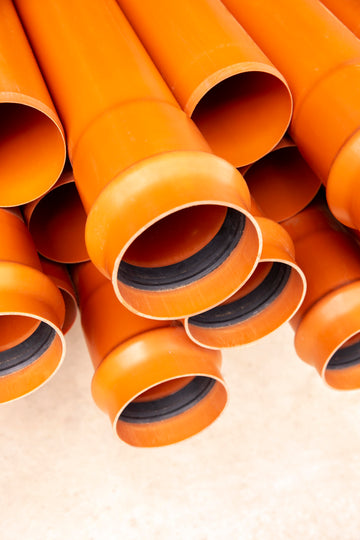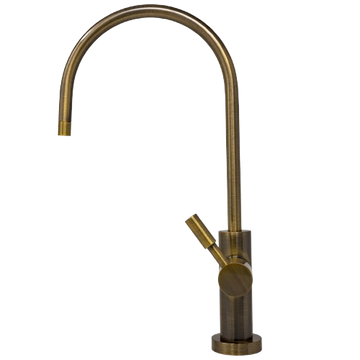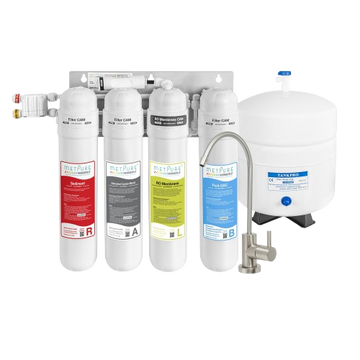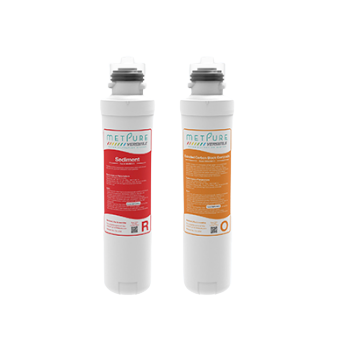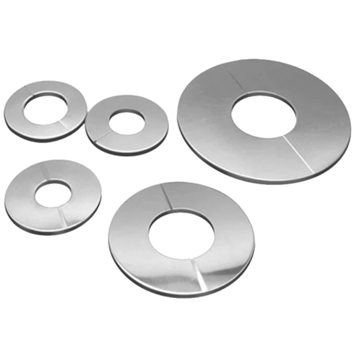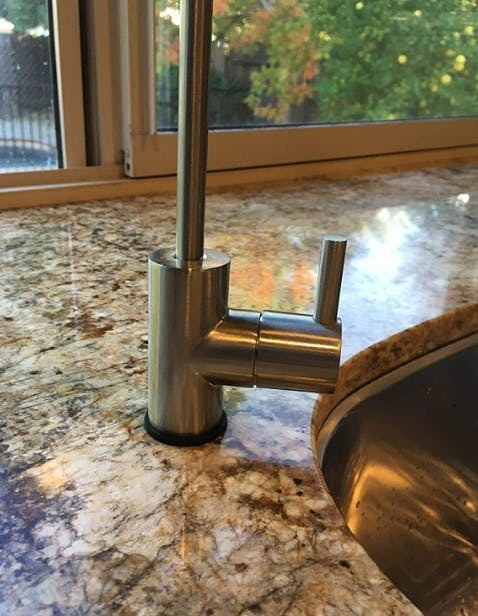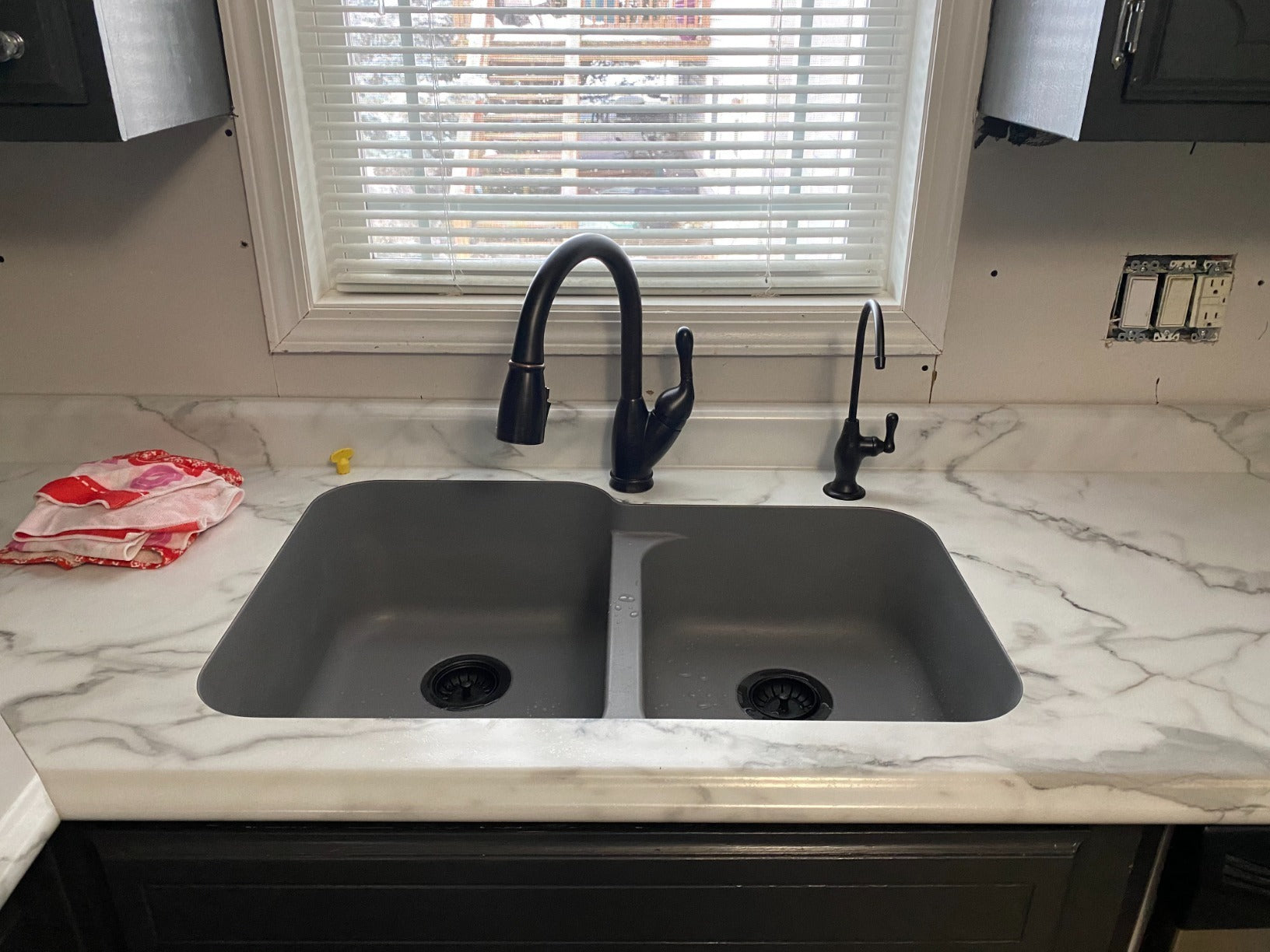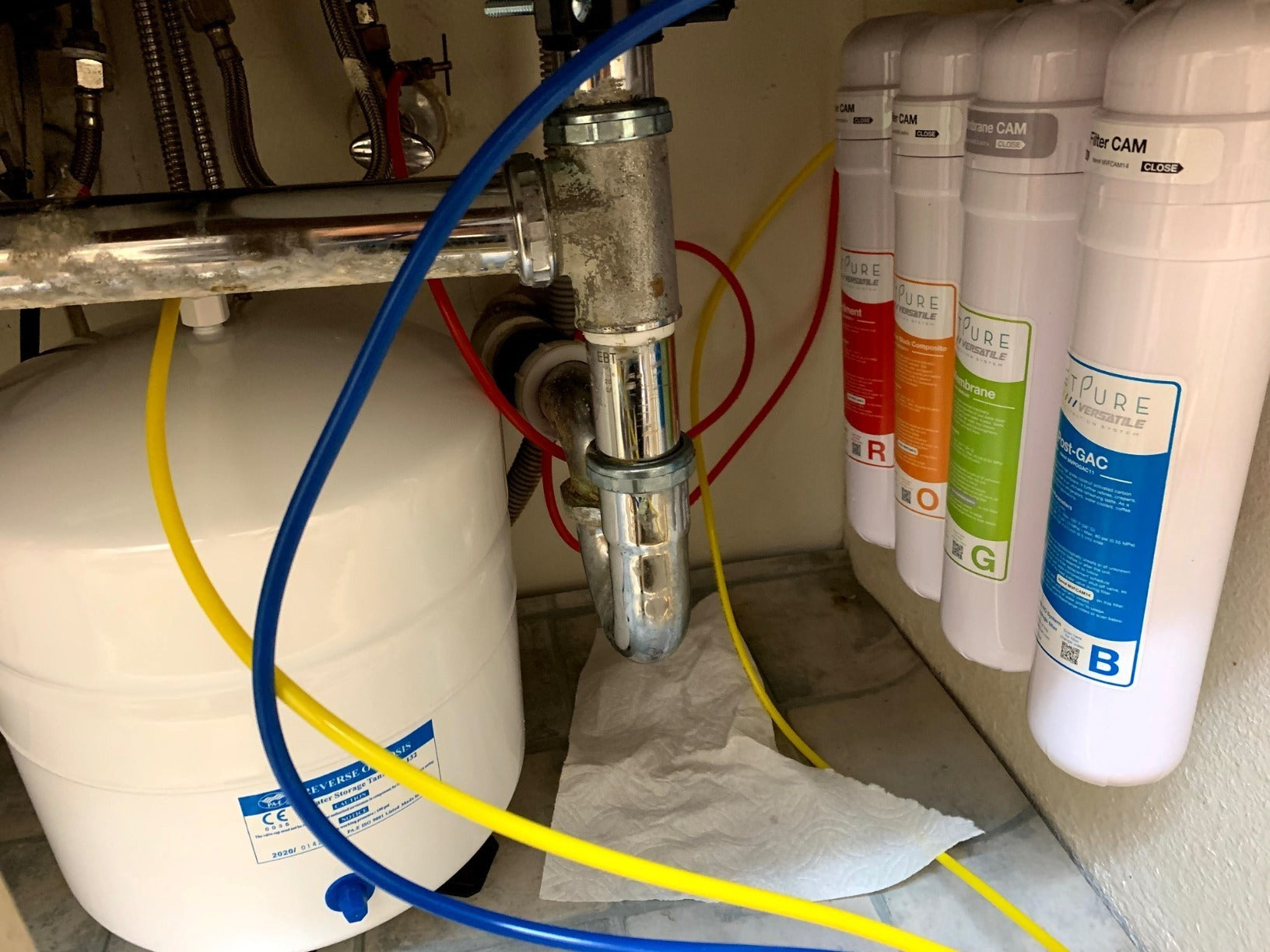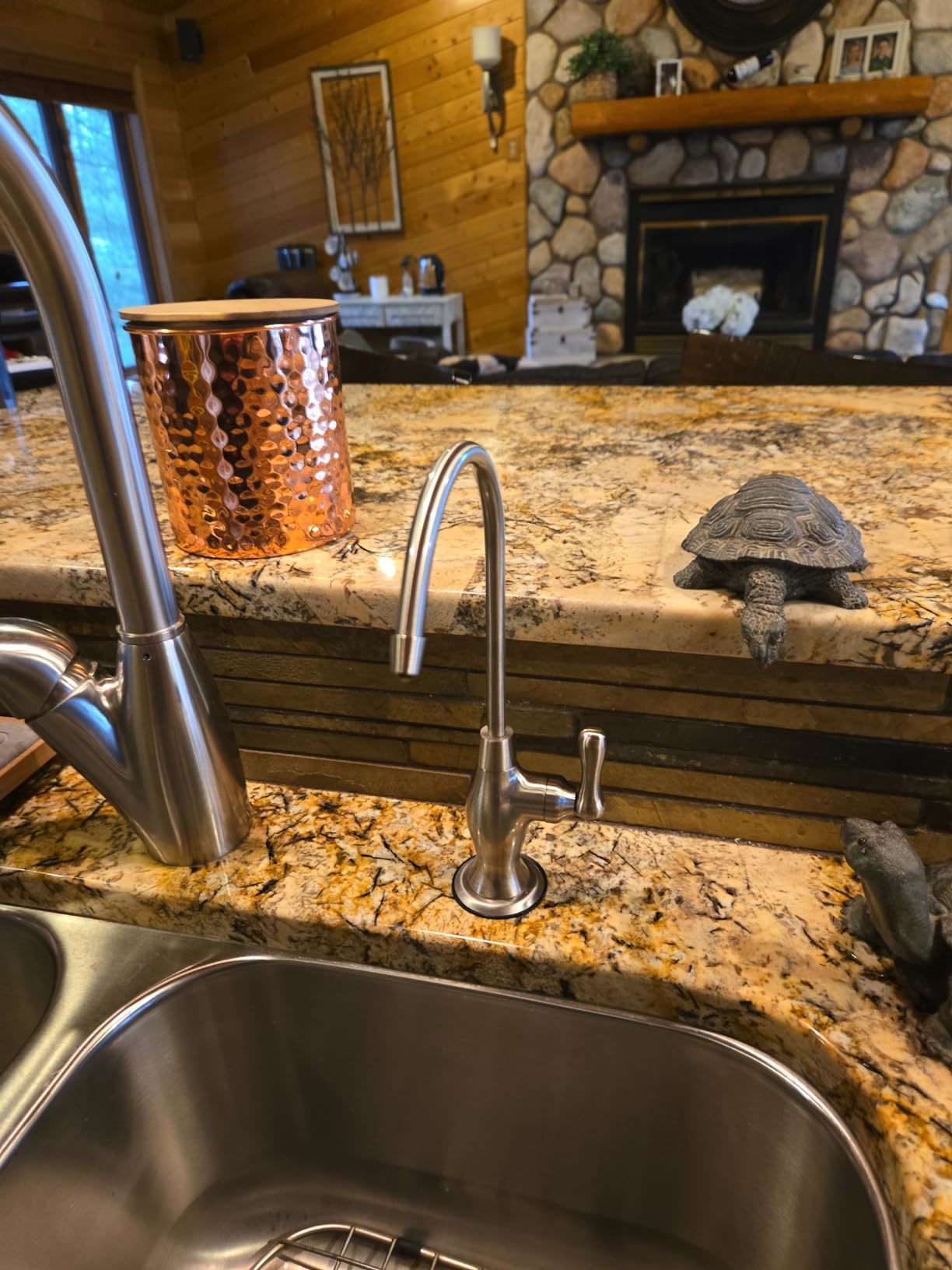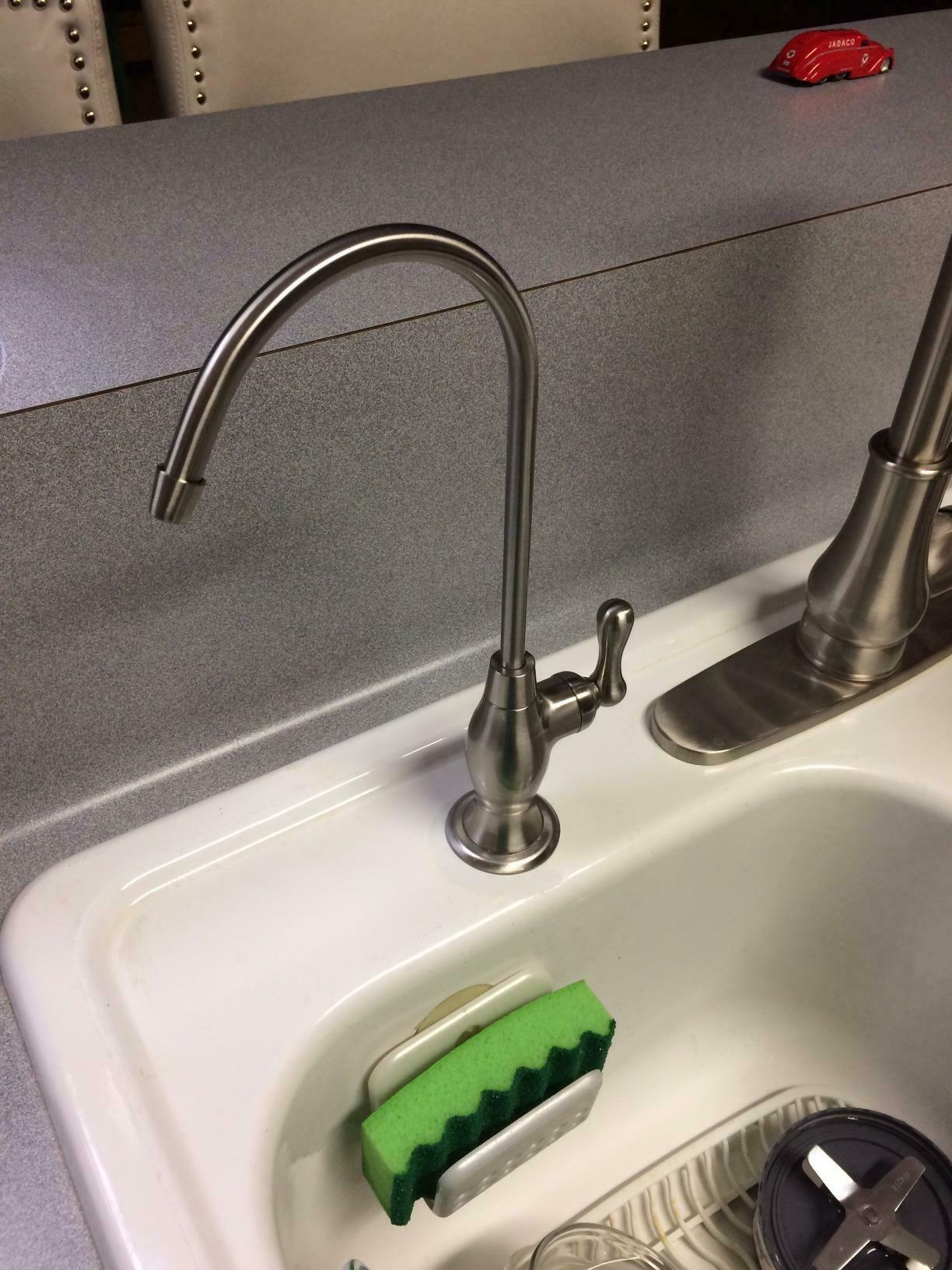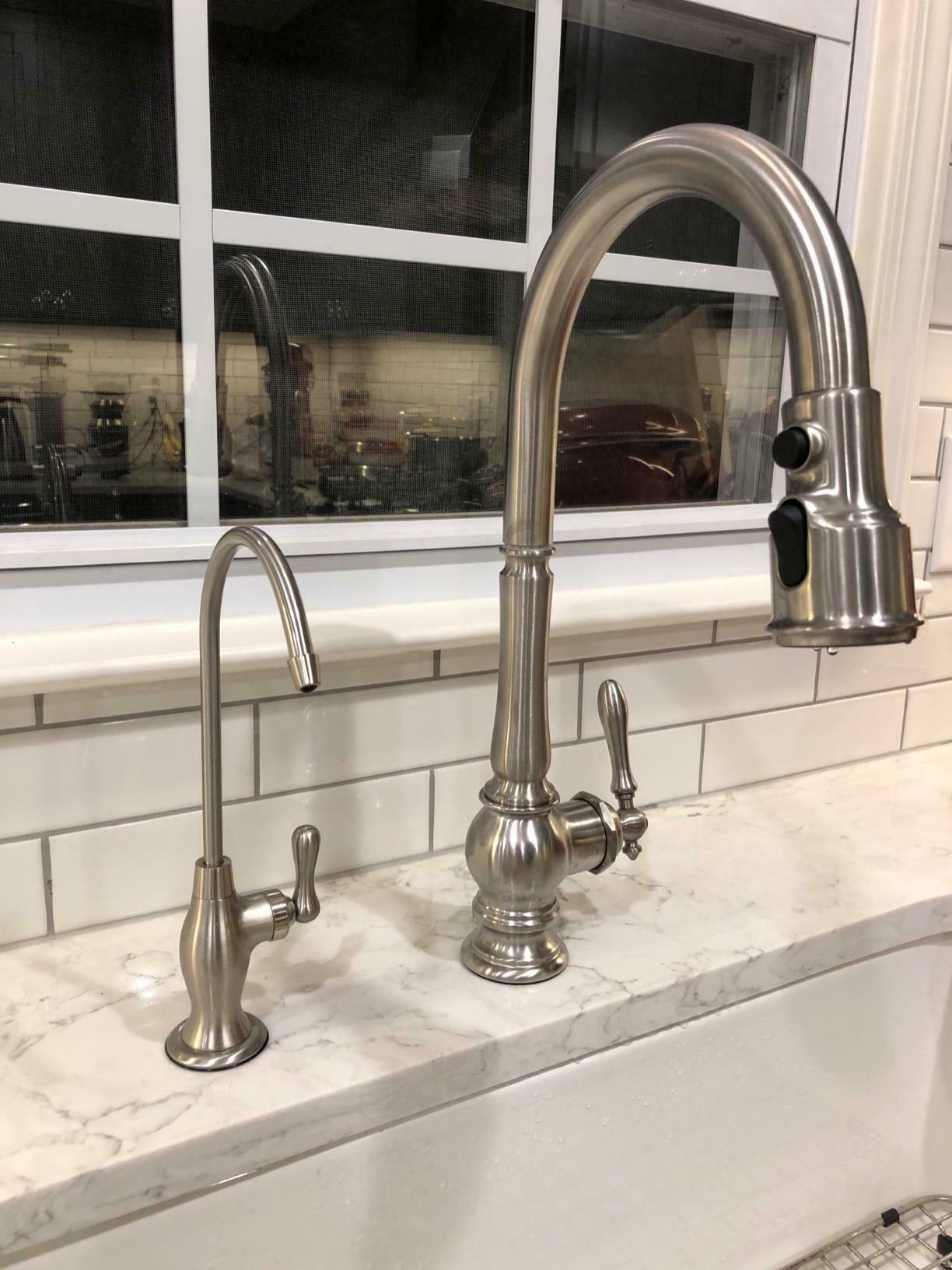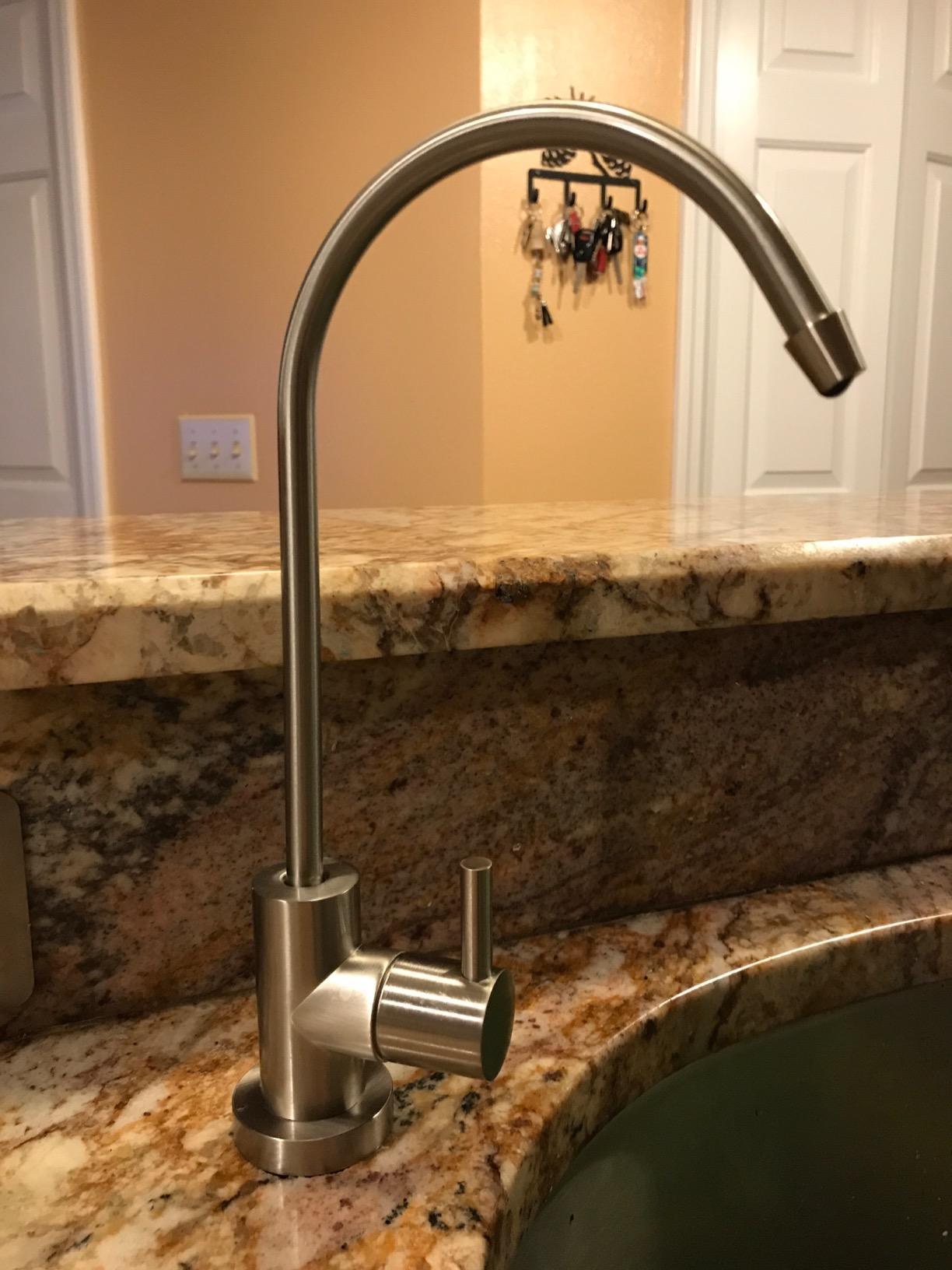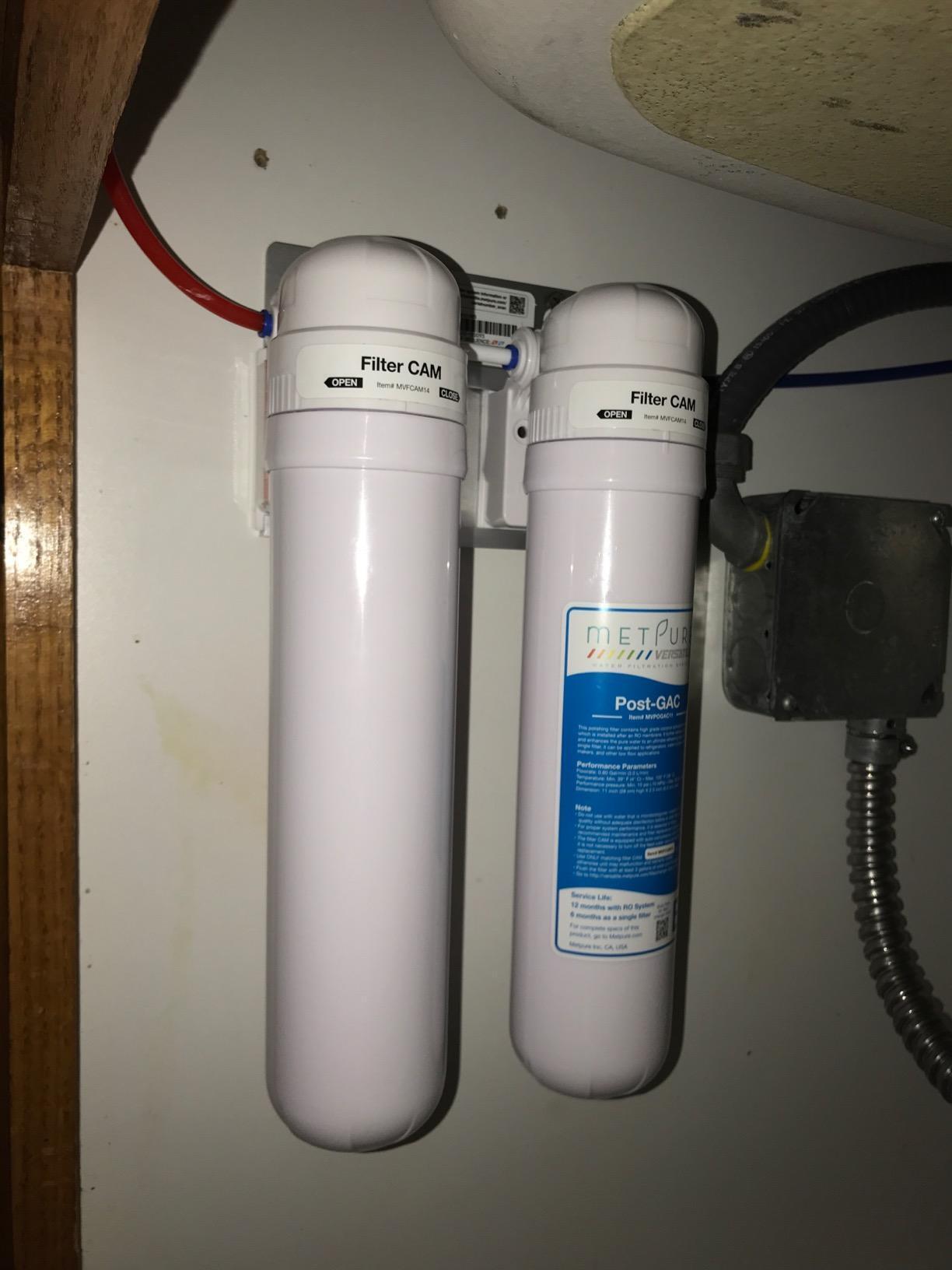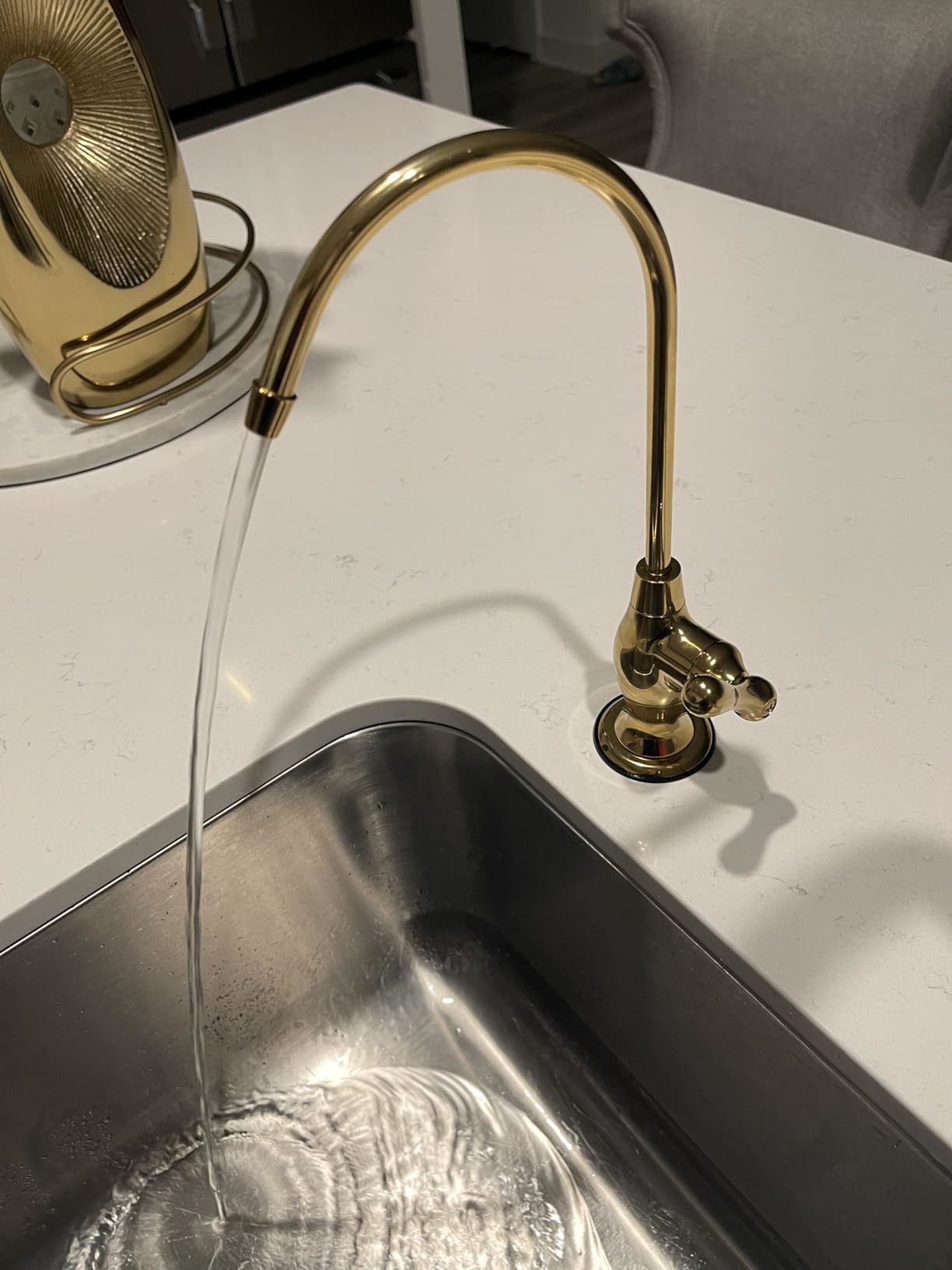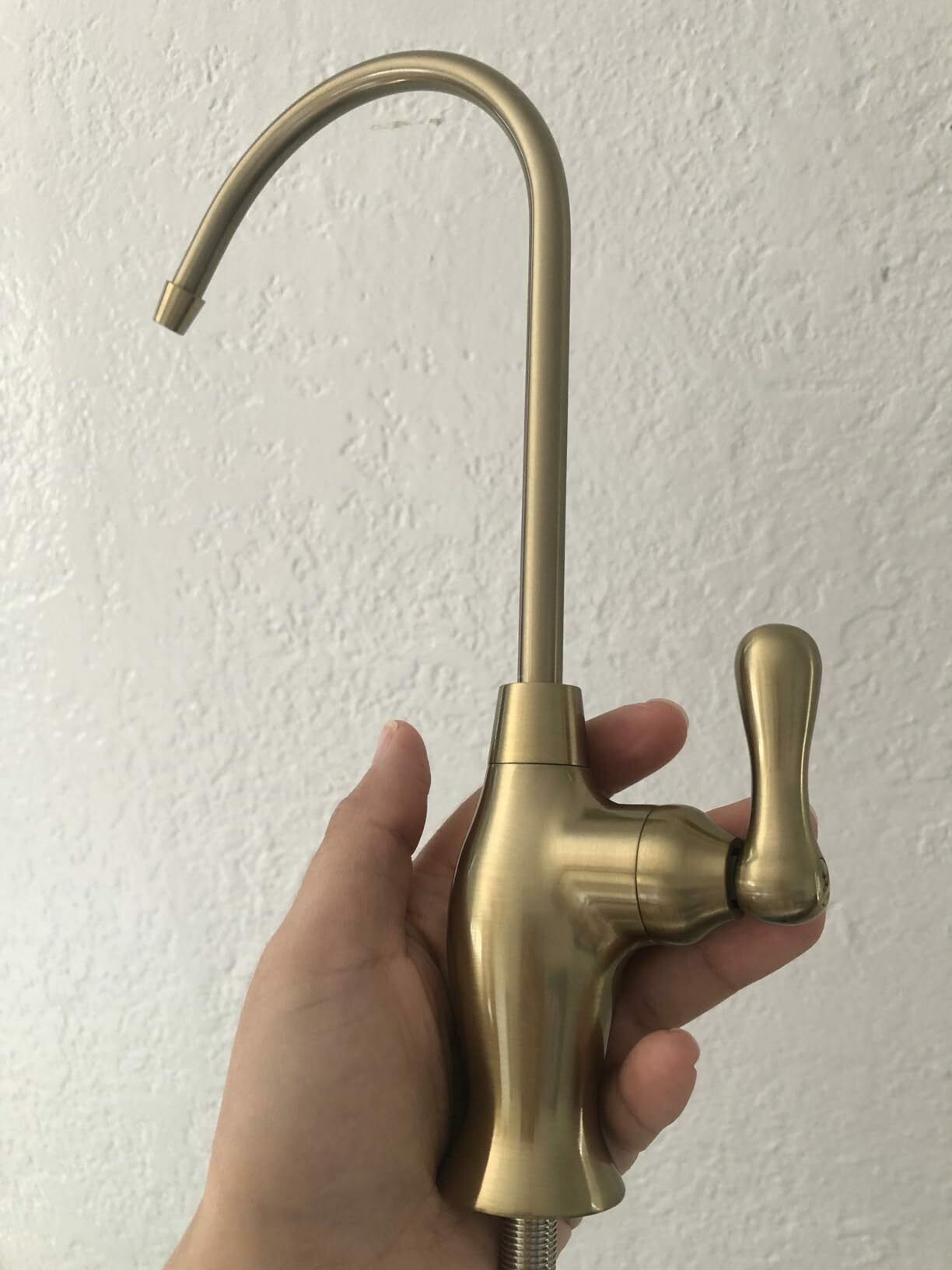Is PVC Pipe Recyclable? How To Reuse PVC Pipes?
Table of Contents
- 1.1 PVC as a Thermoplastic
- 1.2 The Recycling Process
- 1.3 Local Recycling Facilities
- 2.1 Reduction of Landfill Waste
- 2.2 Conservation of Resources
- 2.3 Energy Savings
- 3.1 DIY Garden Projects
- 3.2 Home Organization Solutions
- 3.3 Kids' Crafts and Educational Activities
- 3.4 Pet-Friendly Accessories
- 4.1 PVC Composition and Additives
- 4.2 Infrastructure and Collection Systems
Introduction:
Polyvinyl chloride, or PVC, is a versatile and widely used material in the construction industry, particularly for plumbing and drainage systems. As the world grapples with environmental challenges, questions about the sustainability and recyclability of materials like PVC have come to the forefront. In this comprehensive article, we will explore the recyclability of PVC pipes, delve into the recycling process, and showcase a myriad of innovative ways to reuse PVC pipes for a more sustainable future.
1: Understanding PVC Recyclability
1.1 PVC as a Thermoplastic
Because PVC is a thermoplastic, it will not go through significant chemical change during the process of being melted and reshaped even if done several times. PVC comes with this built-in quality that contributes to making it recyclable, but the method used doesn’t seem to be the same as recycling other types of material like glass or aluminum.
1.2 The Recycling Process
Recycling PVC pipes includes collecting them, preparing them, and reusing the material to make products that are new. To make new PVC products, the procedure usually entails collecting, sorting, shredding, cleaning, and extrusion.
1.3 Local Recycling Facilities
Although PVC pipes can be recycled, the process may not be as simple where you currently reside. It is very important to get information about the particular regulations and procedures of your neighborhood recycling center. Certain facilities might have limitations on the kind, size, or state of PVC pipes that they will accept.
2: Environmental Benefits of Recycling PVC Pipes

2.1 Reduction of Landfill Waste
Recycling PVC pipes has an enormous impact in determining how much waste ends up in disposal facilities. We can lessen the negative effects of waste disposal on the environment by keeping PVC from ending up in landfills.
2.2 Conservation of Resources
The reuse of PVC pipes makes a contribution to the preservation of vital raw materials needed for the manufacture of new PVC. By lowering the overall demand for virgin materials, resource conservation additionally helps sustainably preserve the environment and lessens its impact on the planet.
2.3 Energy Savings
In general, a smaller amount of energy is needed for manufacturing recycled PVC than for the production of new PVC. In line with sustainable practices, this energy efficiency contributes to a lower carbon footprint and overall energy savings.
3: Reusing PVC Pipes, A Creative Approach
3.1 DIY Garden Projects
Utilizing old PVC pipes to get acquainted with the world of do-it-yourself gardening projects. PVC pipes can be reused to enhance the appearance and experience of your garden in a variety of methods that vary such as irrigation systems and vertical planters. These help with the overall aesthetics of the home as well as with one's creativity.
3.2 Home Organization Solutions
PVC pipes may be employed to organize tools, cables, or craft supplies by cutting them into smaller sections. Your imagination and creativity can be used to create unique, eco-friendly storage solutions by stacking or sticking them together. This helps in giving a cleaner look to the house as well.
3.3 Kids' Crafts and Educational Activities
Make use of PVC pipes to carry out engaging as well as informative activities. Turn them into a marble run, water play areas, or even building blocks. The aforementioned measures teach the younger generation about environmental responsibility and sustainability along with helping them to showcase their creative side.
3.4 Pet-Friendly Accessories
Take advantage of PVC pipes for constructing pet-friendly structures like raised pet feeders and scratching posts. These crafts offer individualized solutions for your furry friends as well as reusing materials.
4: Overcoming Challenges in PVC Recycling
4.1 PVC Composition and Additives
The chemical composition of PVC, which may consist of additives that contribute to its better properties, puts forward a challenge in the reuse and recycling process. In order to maintain the quality of recycled PVC, these additives must be handled and separated correctly during the recycling process.
4.2 Infrastructure and Collection Systems
The optimization of PVC pipe recycling rates necessitates improvements to collection and recycling infrastructure. Making investments into efficient facilities to handle processing and collection is capable of enhancing PVC recycling’s overall sustainability.
5: Case Studies and Success Stories
Take a look at numerous instances of successful PVC recycling and reuse initiatives implemented by companies and communities around the world in case studies and success stories. The examples provided demonstrate how carrying out PVC sustainability practices across many different kinds of industries proves to be feasible and beneficial to use.
6: Future Trends and Innovations
While reuse and recycling trends. Being aware of how sustainable practices are undergoing shifts, from new materials to advancements in technology, may assist industries and individuals in making decisions that are less damaging to the environment.
Conclusion
The bottom line is that PVC pipes can be recycled and reused in many different kinds of ways that are creative. The implementation of these environmentally friendly behavioral patterns helps improve your house and way of life while simultaneously benefiting the environment. You may make significant contributions to sustainability and a greener future by acquiring knowledge about the recyclability of PVC and learning about creative reuse ideas. For that reason, the next time you find yourself thinking about replacing PVC pipes, also think about figuring out some innovative methods to recycle them or reuse them. It is impossible to overestimate the significant role of recycling and creative reuse as we work together to bring about a world that is more friendly to the environment.

